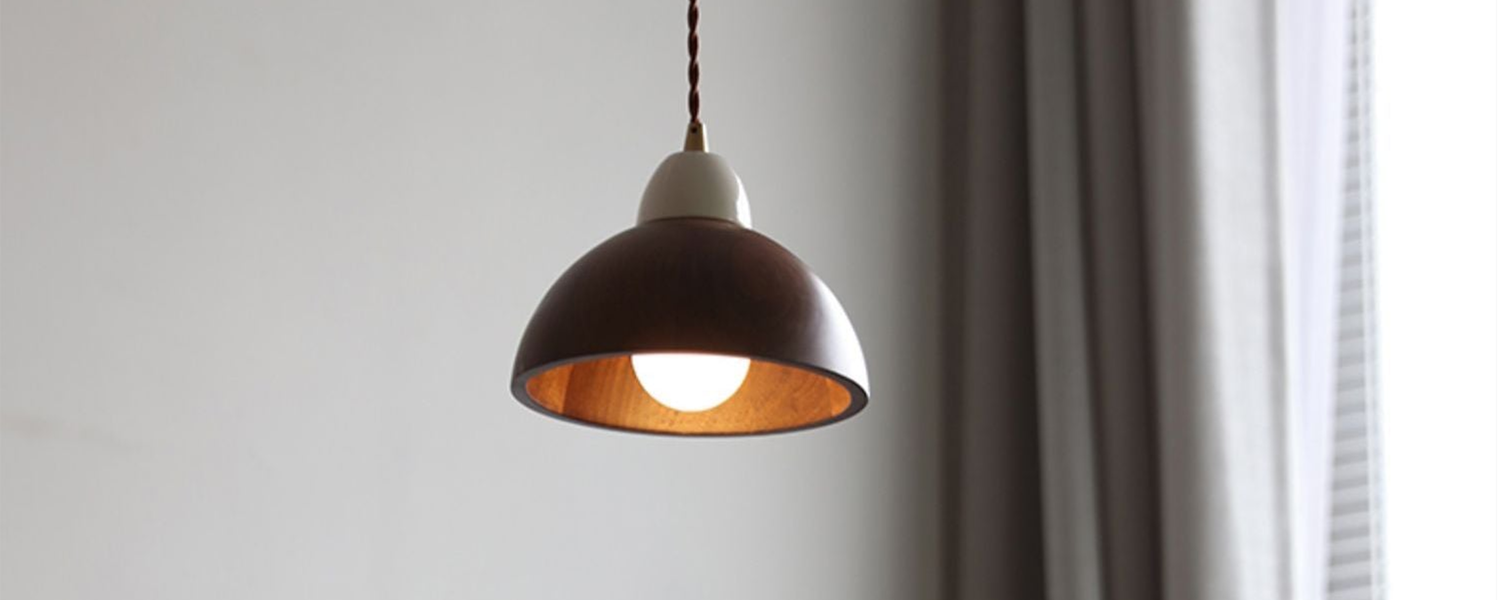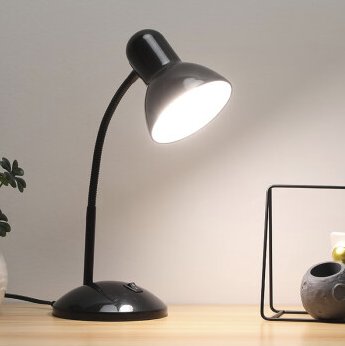Unlike chandeliers, which feature multiple outstretched arms, pendant lights hang from one central point. They come in a wide range of sizes and shapes. Some wash light over a big area, giving foyers and stair landings a warm glow. Others focus bright beams on a specific object, such as a sink or counter in the kitchen or a family photo on the living room credenza.
There are many factors to consider when choosing a pendant lamp, but one of the most important is its height. The light should be positioned so that it illuminates the desired space without blocking views or knocking into items on tables or shelves below it. A general rule of thumb is that the top of a pendant should be about 33 to 36 inches above a table surface.
A simple fixture with a clear glass shade, for example, will direct light downward, while a bowl pendant or lantern pendant has a smaller glass bowl that lets in more of the surrounding space. Some pendant lamps have a fabric shade that adds a luxurious element to the design.
Similarly, metal finishes can influence how the lamp looks. Brushed nickel and polished chrome, for example, create more dramatic lighting than oxidized bronze or brass. Other colors, like black and white, are softer and more subtle. A Yigo pendant lamp that features an open frame is also a great option for more casual spaces, while pendants with closed frames or shades offer a more formal look.
Pendant lamps are a wonderful way to integrate reading and task lighting into a space. They work well over desk areas in home offices or bedrooms, as they provide a convenient reading light while minimizing the need for nightstands and table lamps. If you’re planning on hanging pendants above beds, they can help save space, allowing for more room to stand or sit.
A pendant lamp with a unique color or style will make a statement in any room. Try industrial pendants for a modern or urban look, for instance, or an art glass design that offers a pop of color to a living room. You can even find pendant lamps with a natural material, such as wood or stone, for a more organic look.
The bulb in a pendant lamp is just as important as its shade or frame, as it determines how the light shines and what kind of energy it uses. Look for a bulb with a lower wattage, as this will reduce your electric bill. Also, keep in mind that the Kelvin temperature rating on the light’s label tells you how yellow or blue it is going to be.
When installing a pendant lamp, it’s a good idea to have an electrician take a look at your electrical system and install the necessary wiring if needed. If you choose a lightweight fixture, such as a 4-inch mini-cylinder from a home center, you can do it yourself, but for heavier fixtures–including those with blown glass shades–you may need a professional.











